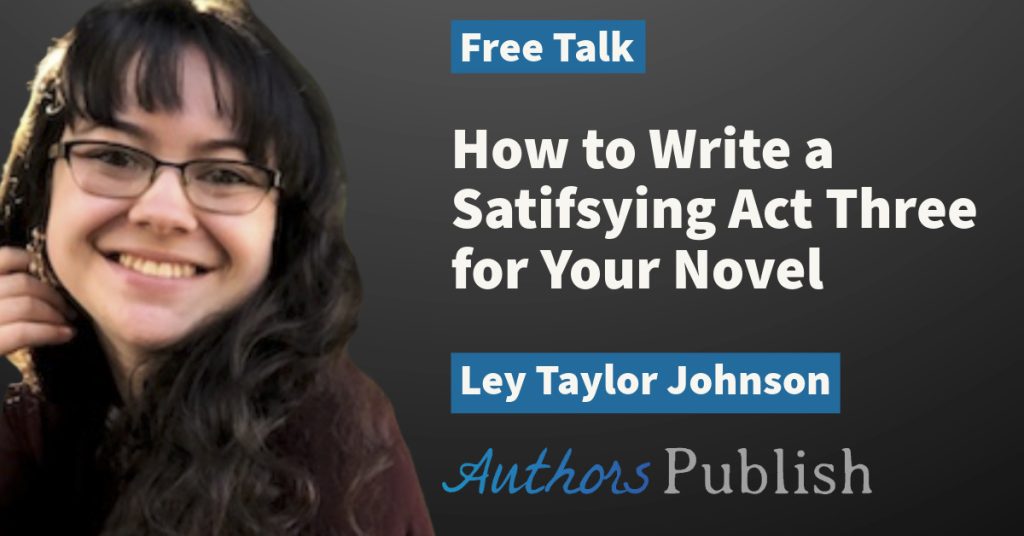By Sam Muller
My second, and still-in-the-works novel, People of Dust, revolves round a mysterious disappearance of booksellers. To make the plot work, I needed a city with a flourishing book industry and, naturally, a large reading public. My genre was fantasy. Wouldn’t a technologically advanced and socio-politically sophisticated city seem too modern or science-fictionist to fit in?
Then I got my Eureka-moment. I was reading Awakening: A History of the Western Mind AD 500-1700 by Charles Freeman and came across a piece of historical information that made me realise how little I knew my own world.
In the Italian city-state Florence in the 1330’s, thousands of girls and boys from non-elite families went to school. The source for this mind-blowing fact was an eyewitness, Florentine chronicler Giovanni Villani. According to his accounts, about 70% of girls and boys of the 6-11 age group received an education. There were also 1,000 to 2,000 abacus schools in Florence teaching commercial arithmetic. Education was considered a public good, not a private or a religious one. In Florence, like in many other Italian cities, teachers were on public payroll.
Secular primary education in the 14th Century! And for girls as well! I had found the city of my literary dreams in the history of our own past.
Since then, every time I reached a blank wall in world-building or plot points, I’d return to history. Here are some of the finds I’m using in my novel.
- Governance: Want to set your story not in a feudalist kingdom but in a democratic republic? Check Florence; in 11th to 13th centuries the city-state had a democratic government based on the rule of law. “Florence appeared to have found a stable government under the Ordinances of Justice first promulgated in 1293… Under the Ordnances, eight priors were to be chosen from the twenty-one largest guilds, balanced so that each district of the city was represented. Each prior only held office for two months… In tumultuous times, protesting crowds could gather in the Piazza della Signoria or could be summoned there at times of crisis by the city bell”. (Source: Awakening).
- Women’s rights: In ancient Egypt, men and women of the same social status had equal rights before the law. Egypt also had joint and solo women rulers. (Source: History Extra). From 3100BCE and after, women had their own legal identity, could acquire, own, dispose of property, enter into contracts, sue in courts of law. (Source: https://fathom.lib.uchicago.edu/1/777777190170/). In ancient Mesopotamia too, women enjoyed significant legal rights. From the earliest Uruk period (4100-2900BCE) right up to the fall of the Sassanian empire around 651CE, women are recorded as “landowners, business owners, administrators, bureaucrats, doctors, scribes, clergy, and, in rare cases, even monarchs” (https://www.worldhistory.org/article/2081/women-in-ancient-mesopotamia/).
- Water and sanitation: The Indus Valley cities of Mohenjo-daro (built around 2500BCE) and Harappa (around 2600BCE) were well-planned urban spaces which “included world’s first known urban sanitation systems… All the houses had access to water and drainage facilities which gives the impression of a society where even the poor had a decent standard of living…” (Source: Time Maps)
- Social justice: We tend to regard ancient societies as extremely hierarchical. Not all of them. Indus Valley seemed to have enjoyed a surprising degree of social equality. In Mohenjo-daro and Harappa, “Although some houses were larger than others what seems to be missing from Indus cities are elite buildings such as palaces and mansions…” (Source: Time Maps) Genghis Khan banned the selling of women and encouraged women to discuss major public decisions; he instituted a policy of religious tolerance and exempted the poor and priests from taxation. ( Source: LumenCandela)
- Automata: Our way-way-back-ancestors from Egypt to Greece imagined, wrote about, and created automata. Egyptians used automata in religious ceremonies. Greek myths mention mechanical statues and watch dogs. Archytas invented mechanical birds, in around 400-300BCE. Hero of Alexandria, a mathematician-engineer, wrote On Automation-Making. So if you want to introduce fancy robots into your fantasy story, go ahead. It’s not science fiction but a take on our own ancient history. (Source: Classical Wisdom)
- Transgenderism: Chevalier d’Eon was born a Frenchman in the 16th century and died a Frenchwoman in the 17th century. They lived the first half of their life as a celebrated soldier and diplomat and spent the remaining 33 years as a female. This transition from male to female was recognised by King Louis XVI. (Source: History.com)
Here are some sources for historical facts with fantasy-relevance:
- National Geographic – https://www.nationalgeographic.com/history
- Ancient Origins – https://www.ancient-origins.net/
- Time Maps – https://timemaps.com/
- Human Progress – https://humanprogress.org/
- Britannica – https://www.britannica.com/
- UNESCO World Heritage Convention – https://whc.unesco.org/
- Knowable Magazine – https://knowablemagazine.org/
- Ancient Pages – https://www.ancientpages.com/
- History Hit – https://www.historyhit.com/
Relatable characters are important. To me, so are relatable worlds. I want my secondary world to be a place I wouldn’t mind living in. Not a utopia, but a place where dreams don’t have to be killed or abandoned, every time. Not a perfect world, but a better one. And in our own little-known history, there are plenty of examples for such places.
Bio: Sam Muller loves dogs and books. Unlike her rambunctious rescues, the dogs in her stories never chew on books. Spooky, the daemon-dog in her first novel, helps his human partner Allii uncover the killer of her beloved stepmother. Spooky also gives the novel its tagline: How dangerous it is to live among humans, even for humans. I will Paint the Night is a YA fantasy/murder mystery.






